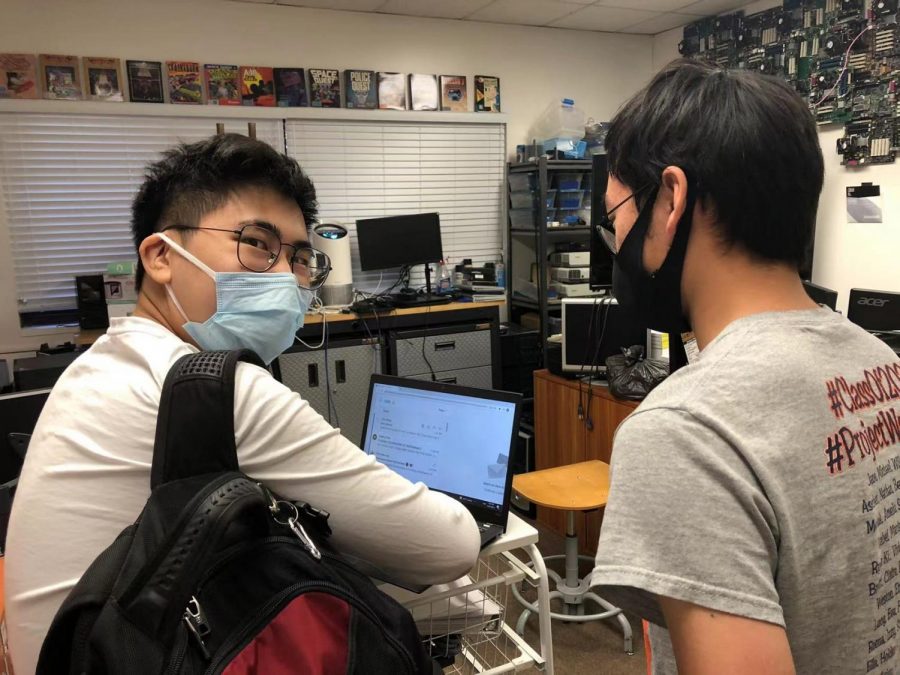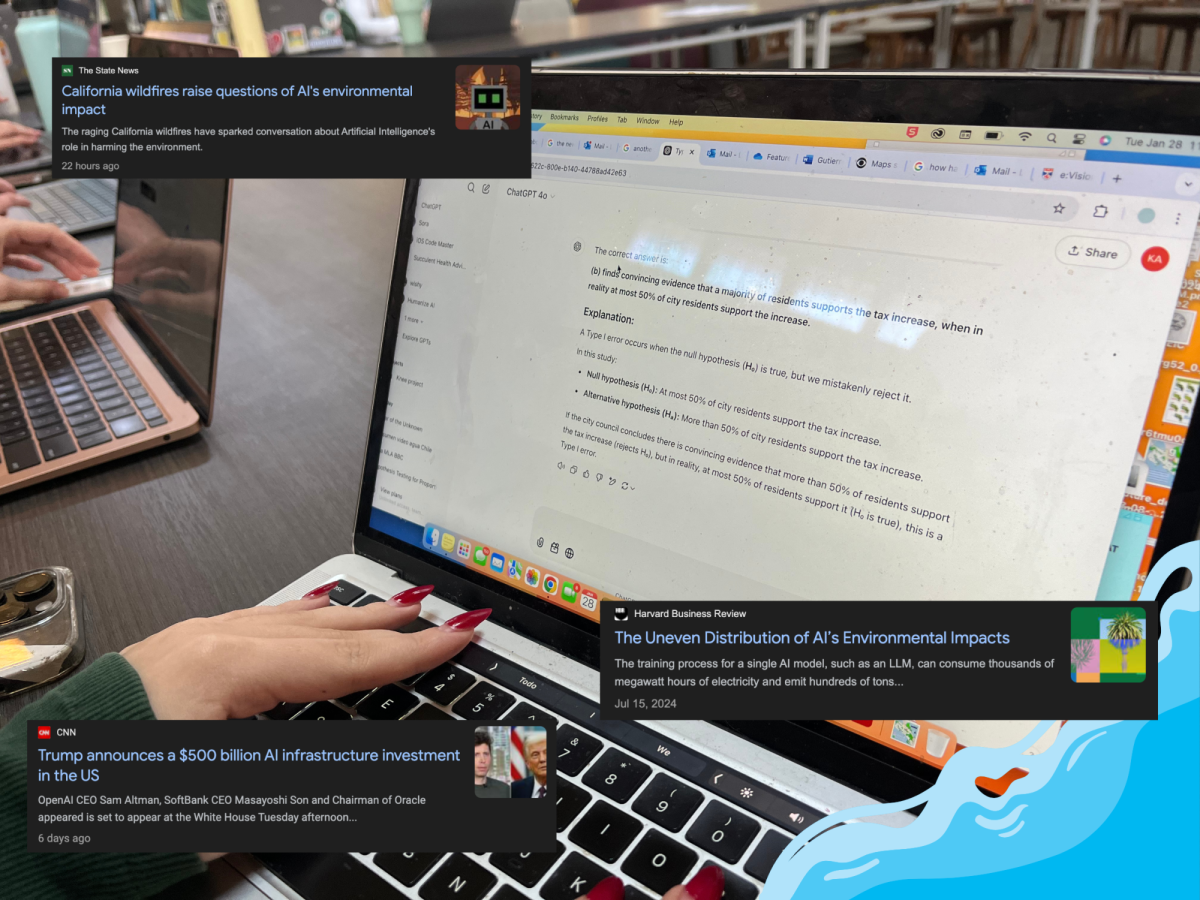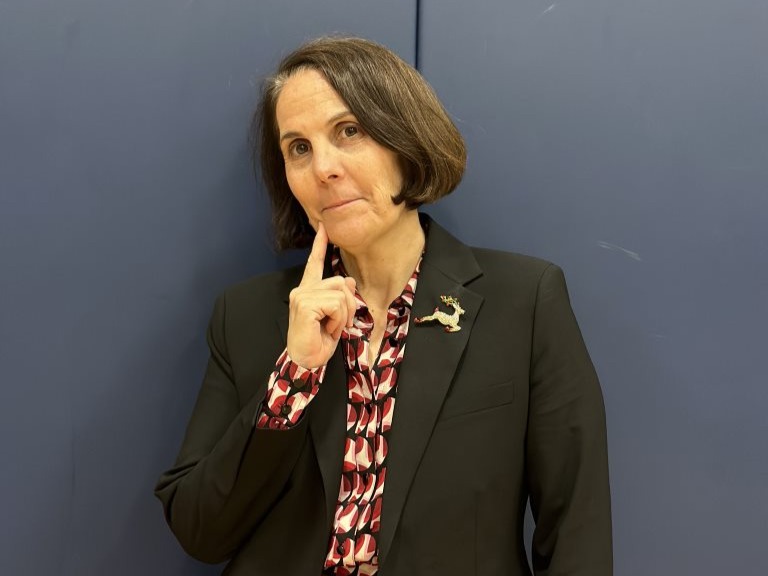The Webb Outlook system, particularly STAS, is a staple for group activities and communication, but what if a careless click on “Send” while browsing through STAS could result in personal emails being delivered to the entire student body? What might happen if even after the careful selection of recipients, email groups with hundreds of recipients receive emails not intended for them?
Traditionally, Outlook groups like Student News and STAS serve as repositories of information, storing emails sent to these groups in a designated archive.
However, after a Microsoft update in early October, if a user sent an email while an Outlook group was selected, their private emails sent to the entire group rather than to their intended recipients. For example, if a student was browsing in the STAS folder and sent out an individual email, although they directed the email to a specific recipient, all members of the STAS group would receive the email.
“This format posed a security risk for those who were unaware of the automatic function, so Microsoft decided to update the organization of group messaging,” said Nick Protich, tech team staff member.
“Fortunately, we didn’t run into any issues when privacy was compromised,” said Jason Holland, tech office staff.
After detecting the issue, the tech office quickly responded by temporarily suspending STAS and Student News and reworking all the groups to bring back prompt communications on Outlook. Since early October, the tech office has been reworking the Outlook forums, including STAS, Student News, and Educators. As of October 20th, the tech office has fixed STAS, and the team hopes to get all groups back to normal by the end of October.
Now, all STAS emails will go directly to students’ inbox, and instead of appearing in repository groups like before, there will no longer be a centralized location, and students and faculty members will be receiving emails based on distribution lists such as “VWS class of 2024”.
In other words, the original STAS group remains, but students are no longer able to send new messages under it, and future STAS emails will go directly to the address [email protected], which will then be distributed to each student. Similarly, from now on, there will no longer be new emails in the Student News folder, and instead users will receive Student News emails in their inbox.
Given that receiving a large amount of email notifications can be overwhelming, the tech office recommends creating folders in students’ own Outlook email account to organize emails. This method is similar to the old format of STAS and Student News, except that the folders will be unique and private to each user instead of remaining public to the entire community.
The format of sending and receiving STAS emails will no longer be the same, which could be a huge change for students who are not used to individual notifications for STAS emails.
“Before, I only [had] to read the emails that I want to read,” Falcon Fu (‘23) said. “It is also very inconvenient sending emails knowing that everyone will be receiving them in their inbox.”
This email fatigue could also be an effect of only recently moving away from an all-Zoom classroom. After spending a school year solely online, having to devote more time to electronic school programs rather than offline activities can feel exhausting. Although the tech office is providing a time and space for students and faculty to learn how to organize their inboxes into folders, time constraints, “Zoom fatigue”, and inconveniences seem to still be major issues.
“Mental fatigue happens,” said Viviana Nicolosi, world Language department faculty. “What happens is people often become desensitized to their emails. I think it is going to be cluttered. They gave us the option of creating the files and folders, but what student is going to do that?”
“It differs from student to student,” Mr. Holland said. “Some will enjoy it, and some will not. It depends on [the habits and preferences of] the students.”
Although the original STAS and Student News folder will no longer be welcoming new emails, personal emails will also be protected from the risk of being sent to unintended recipients.
“We still want students to be able to communicate with each other, [and not] be at risk of revealing confidential information without knowing,” Mr. Protich said.
For now, this new format remains the only solution.





![All members of the Webb Robotics Winter season teams taking a group photo. Of note is Team 359, pictured in the middle row. “It was super exciting to get the win and have the chance to go to regionals [robotics competition]” Max Lan (‘25) said. From left to right: Max Lan (‘25), Jerry Hu (‘26), David Lui (‘25), Jake Hui (’25), Boyang Li (‘25), bottom Jonathan Li (’25), Tyler Liu (‘25)](https://webbcanyonchronicle.com/wp-content/uploads/2025/03/Screenshot-2025-03-10-at-2.41.38 PM.png)










